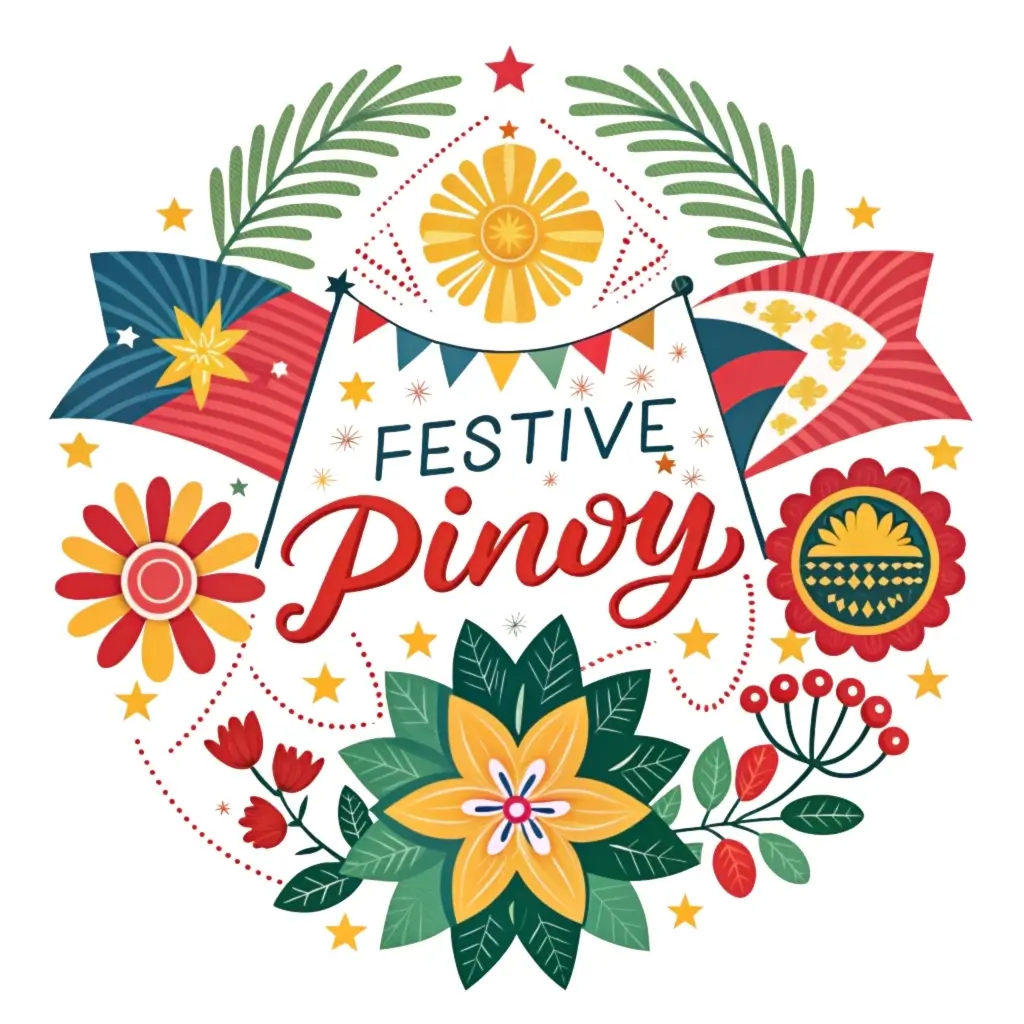What is Ati-Atihan Festival

The Ati-Atihan Festival is an exuberant annual feast held in Kalibo, Aklan, Philippines, in honor of the Santo Niño, or the infant Jesus. Known for its vibrant street dancing and rhythmic drum beats, the festival is one of the most famous in the Philippines and attracts thousands of tourists and devotees every January.
History of Ati-Atihan Festival
The origins of the Ati-Atihan Festival date back to the 13th century when a group of Malay datus, fleeing from Borneo, arrived on the island of Panay. They were welcomed by the indigenous Ati people, with whom they forged a significant pact. To commemorate their harmonious coexistence and as an expression of gratitude, the settlers held a celebration, painting their faces black to resemble the Ati and dancing in joy.
Over time, the festival evolved to incorporate Christian elements, notably with the arrival of Spanish missionaries. The Ati-Atihan Festival started integrating both traditional Pagan practices and Catholic devotion, particularly centering around the image of Santo Niño. This blending of cultures enriched the festival, transforming it into a vibrant celebration of faith and heritage. Participants not only pay homage to Santo Niño through music and dance but also showcase local culinary traditions, including pancit cooking methods and variations that highlight the diversity of Filipino cuisine. Each year, visitors are treated to an array of dishes that reflect the community’s creativity and devotion, making the Ati-Atihan Festival a true feast for both the senses and the spirit.
Frequently Asked Questions
1. What is the main highlight of Ati-Atihan Festival?
The main highlight of the Ati-Atihan Festival is the street dancing parade where participants cover themselves in soot or paint and wear tribal costumes, moving energetically to the beat of drums in honor of the Santo Niño.
2. When is the Ati-Atihan Festival celebrated?
The Ati-Atihan Festival is celebrated annually on the third Sunday of January, with festivities typically lasting for a week leading up to the main celebration day.
3. How can one participate in the Ati-Atihan Festival?
Visitors can partake in the Ati-Atihan Festival by joining the parades, dancing along, attending religious masses and processions, and enjoying the local food and entertainment fairs.
4. What is the significance of painting faces during the festival?
Painting faces black during the festival is a traditional act that mimics the appearance of the Ati, the indigenous people, as a form of homage and to symbolize equality, unity, and gratitude.
5. How does the festival impact the local community?
The Ati-Atihan Festival has a significant cultural, social, and economic impact on Kalibo’s local community, helping to preserve cultural heritage, foster community spirit, and attract tourists which boosts the local economy.

